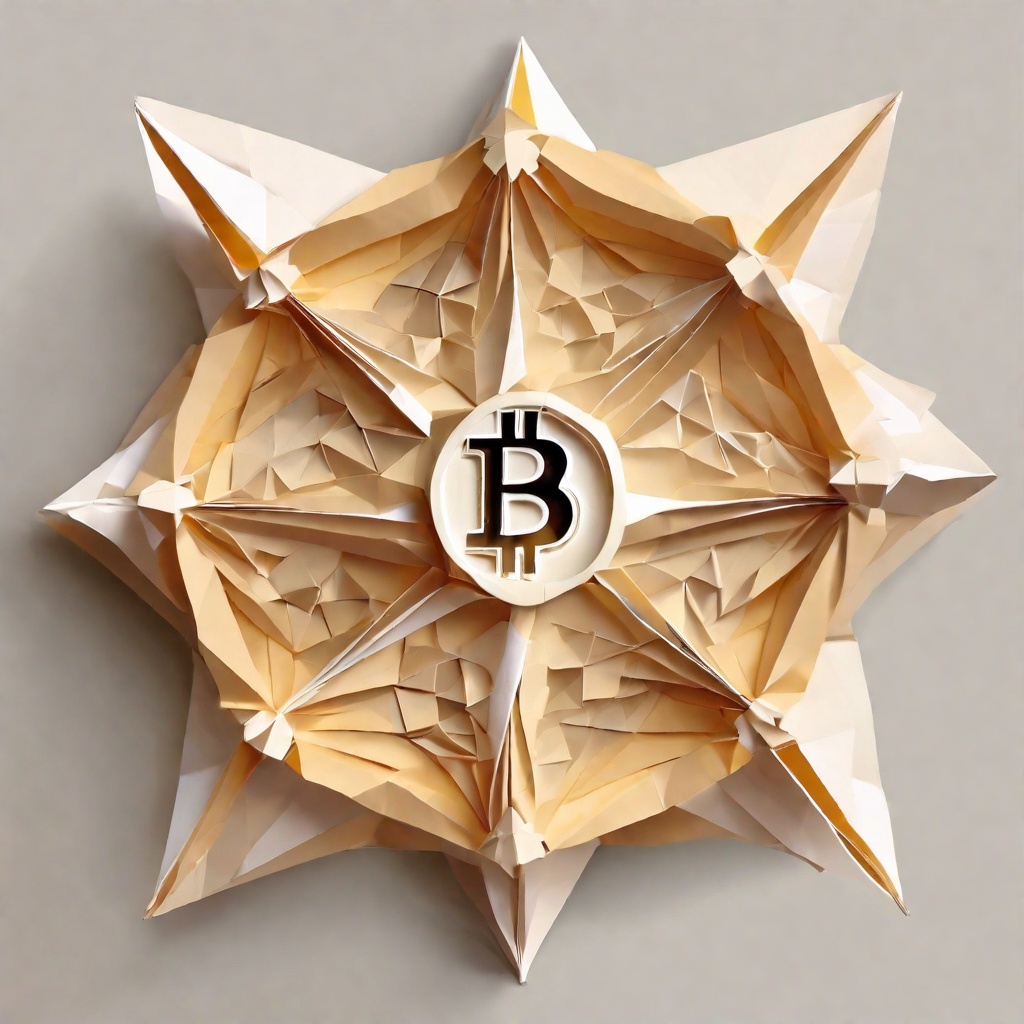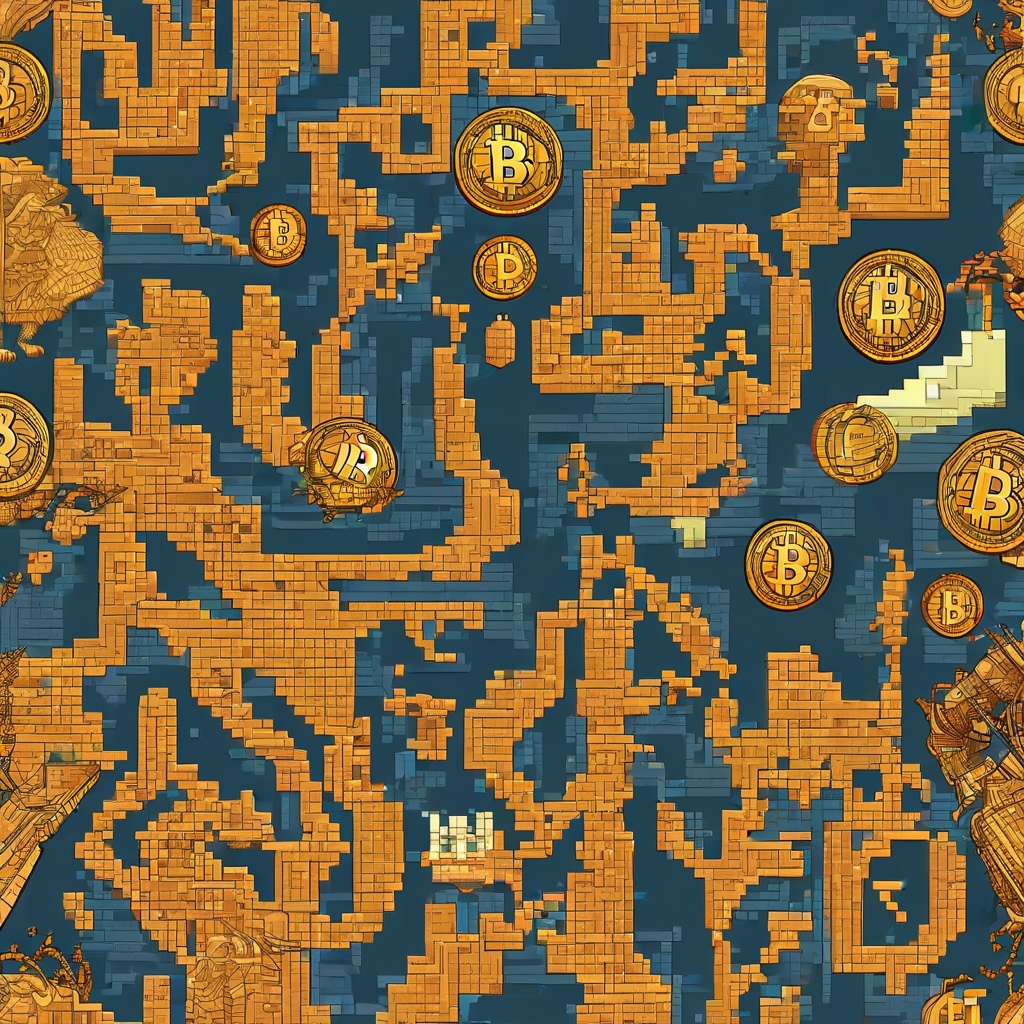Is Polkadot a Web3?
Is Polkadot truly a representative of Web3?" I pose this question with a keen interest in understanding the nuances of the cryptocurrency and finance world. Polkadot, as a blockchain protocol, has garnered significant attention in recent times for its innovative approach to interoperability. But does this make it a defining feature of Web3, the proposed next iteration of the internet? Web3, often touted as the decentralized, user-owned internet, promises a shift away from the centralized control of today's web. It envisions a future where applications and services are built on blockchain technology, enabling greater transparency, security, and user sovereignty. Polkadot, with its focus on connecting multiple blockchains, appears to align with these principles. It allows different blockchains to communicate and transact with each other, potentially fostering a more interconnected and decentralized ecosystem. However, the question remains: does Polkadot's role in this ecosystem alone qualify it as a defining element of Web3? To truly answer this, we must consider the broader context of Web3. It's not just about interoperability but also about user ownership, data privacy, and the overall shift in power away from centralized entities. Polkadot may be a crucial piece in this puzzle, but it's only one piece. Other blockchain projects and technologies are also contributing to the realization of Web3. So, is Polkadot a Web3? It's a complex question that requires a nuanced understanding of the evolving landscape of cryptocurrency and finance. While Polkadot's role is significant, it's merely one aspect of the broader Web3 vision.

What is bridge in Web3?
Excuse me, could you possibly clarify what the term "bridge" means in the context of Web3? I've been hearing a lot about it lately but am still a bit hazy on the details. Could you elaborate on its functionality, purpose, and how it fits into the broader ecosystem of Web3? I'm particularly interested in understanding how bridges facilitate the interoperability between different blockchains and how they might be used in real-world applications. I'd appreciate any insights you could provide on this topic. Thank you for your time.

